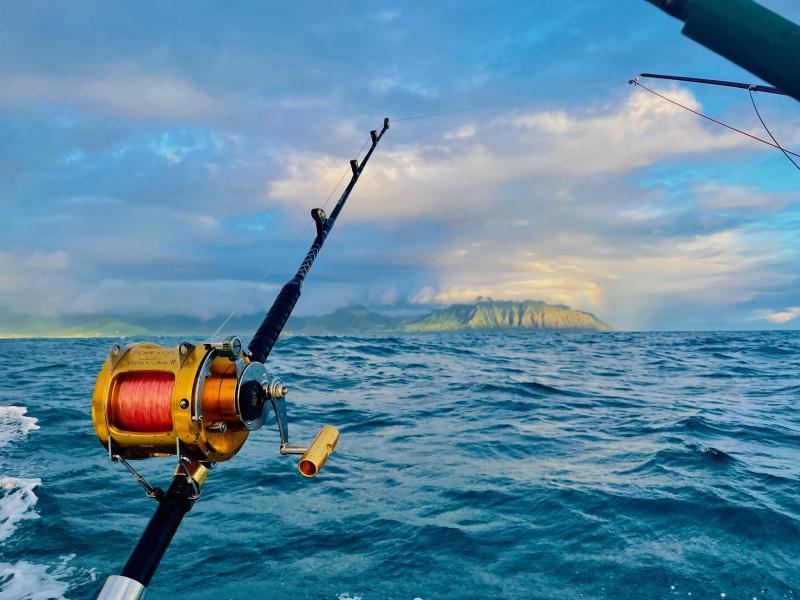
Pacific Islands region: fishing provides more than just fish
by NOAA Fisheries 9 Jun 2023 20:46 UTC

Non-commercial fishing in the Pacific Islands © NOAA Fisheries
Why do we fish? In the Pacific Islands, the answer to this question is as diverse as the cultures and traditions that make each state, island, and territory unique.
Unlike other U.S. regions, we use the term "non-commercial fishing" because it's not just an activity for recreation. Fishing is a way to provide food for ourselves, our families, and our community; perpetuate traditions; and connect with one another.
The species targeted, fishing gear, and methods used are diverse. Non-commercial fishers target highly prized open-ocean species, bottomfish, and nearshore reef species. They troll lures off small-boats, spearfish in the deep blue ocean, use live bait off of kayaks, and sight-cast close to shore.
There are a lot of reasons why fishing is so valuable here, and it's important to celebrate them all! NOAA Fisheries supports sustainable non-commercial fisheries so that we can continue to enjoy and benefit from them in the future.